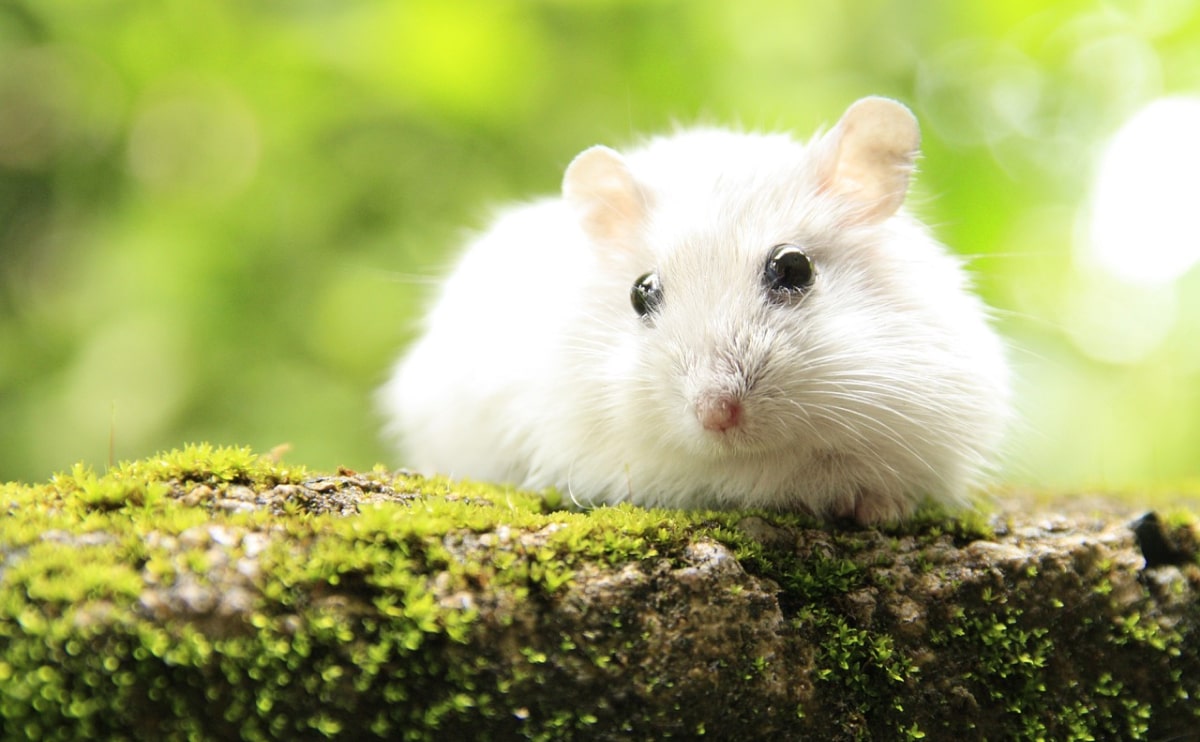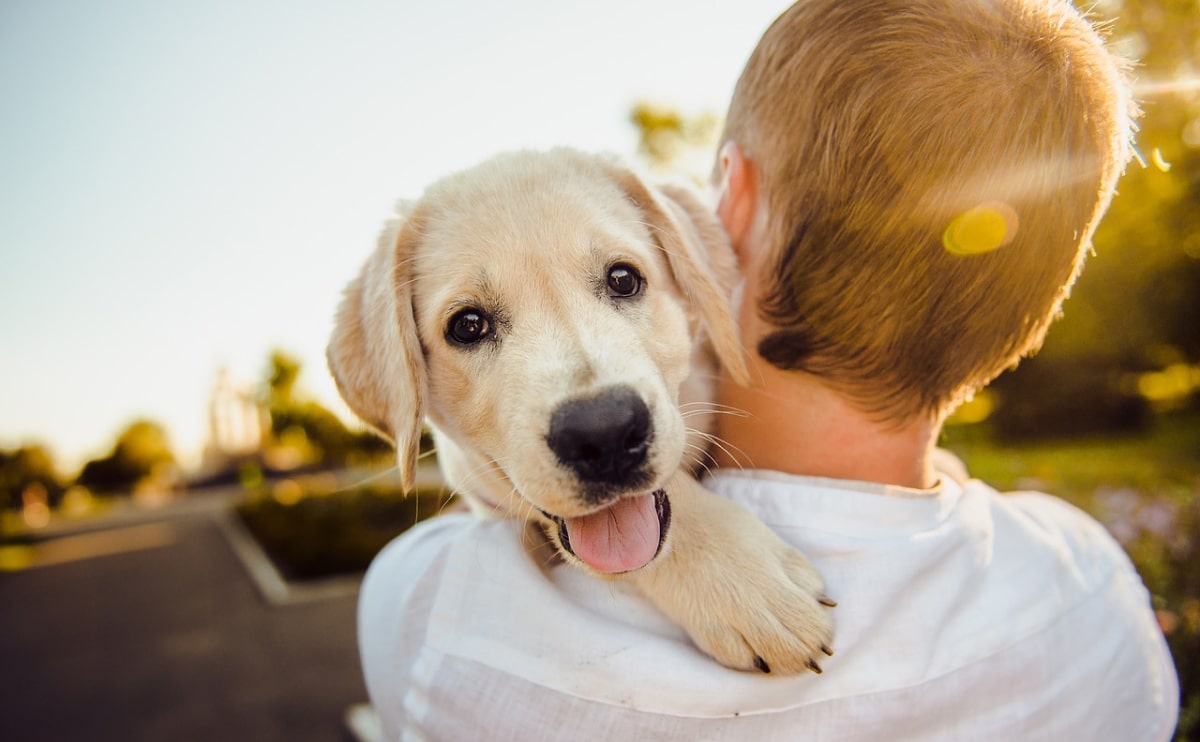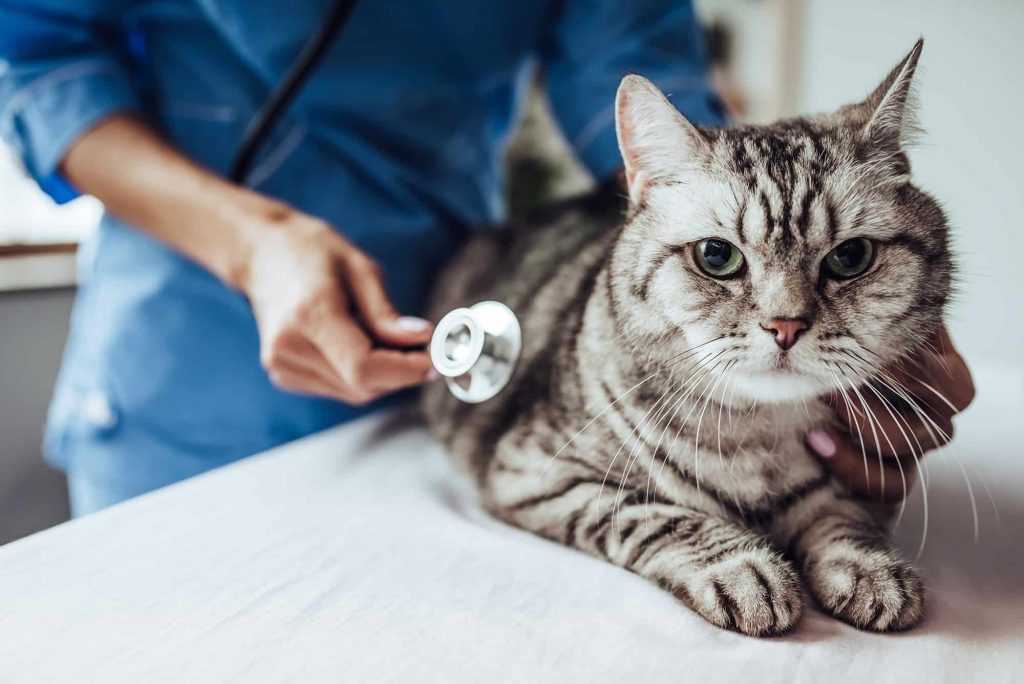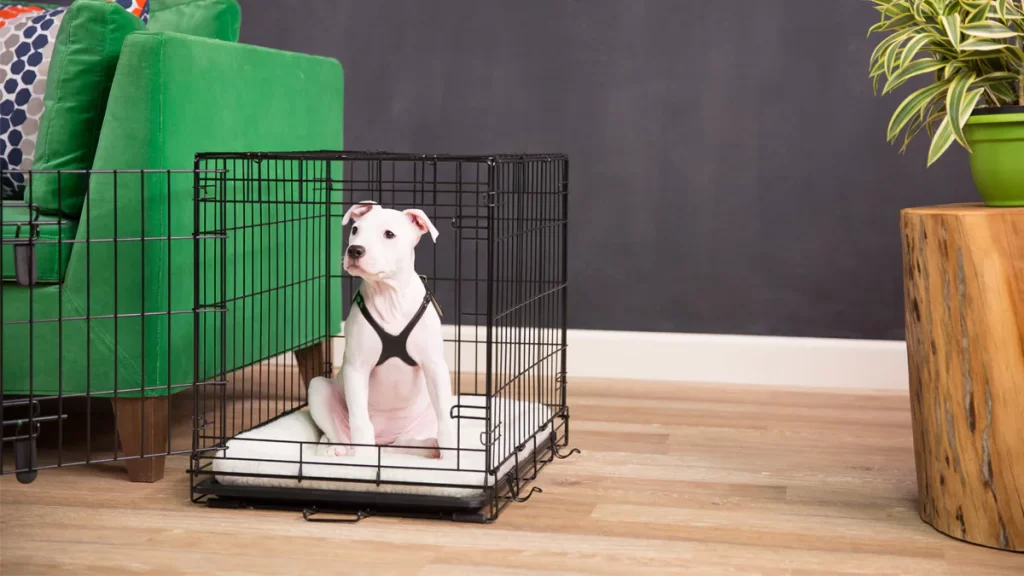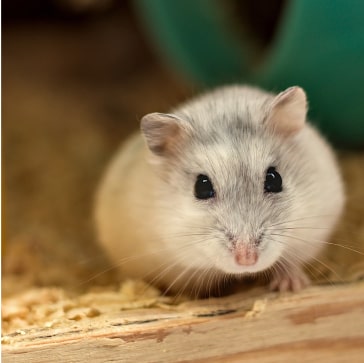Blog
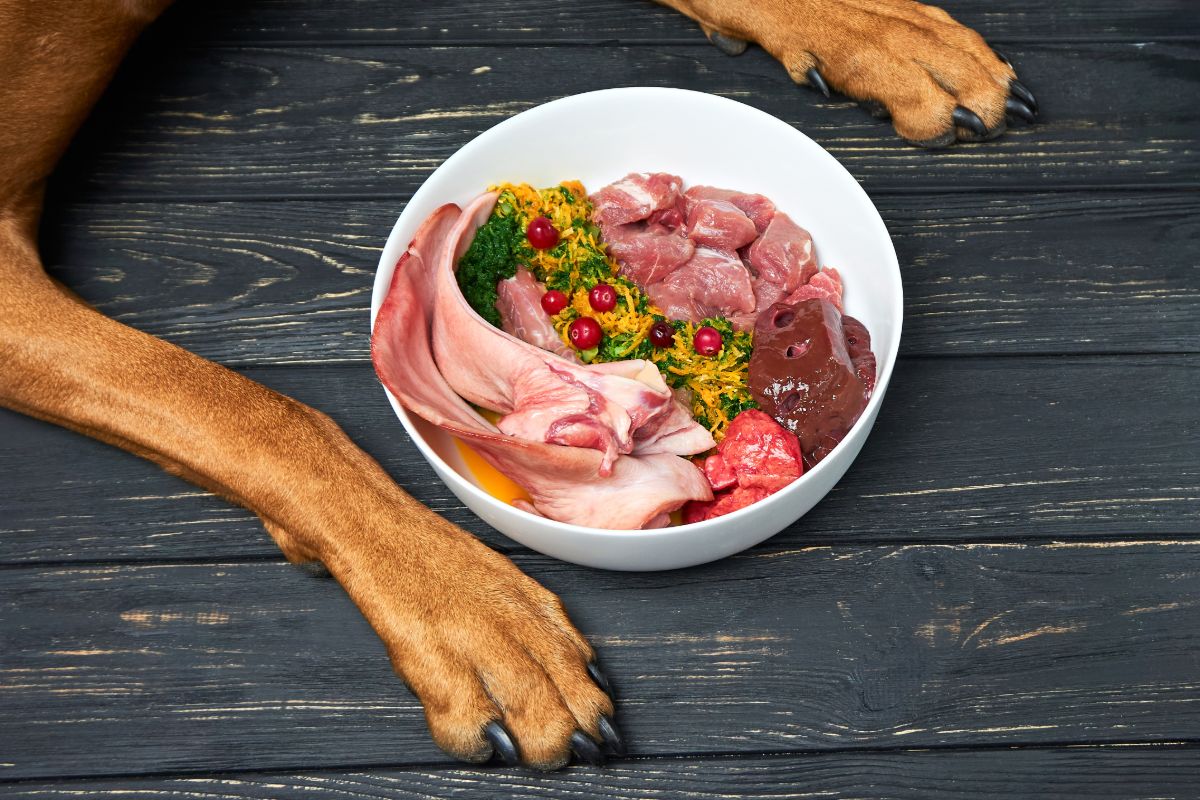
The Benefits and Drawbacks of a Raw Food Diet for Dogs
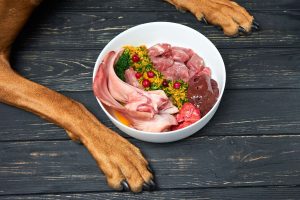
Should You Give Your Dog a Raw Food Diet?
Are you considering feeding your dog a raw food diet? It’s becoming a more popular alternative among pet owners, and some veterinarians are now recommending it. However, this is not a choice to be taken lightly. To assist you in making your decision, this article outlines the reasons for and against a raw food diet.
Raw food diets for humans come and go, but at least individuals can choose whether or not they want to consume exclusively raw foods and change their minds if they don’t like it. Raw food diets for dogs are more contentious since the dogs have no say in the matter. What are the facts, though? Is it healthy for a dog to have solely raw meat, veggies, and fruit?
While many working dogs and greyhounds trained for racing are given similar diets, is this the best option for your family dog? Those in support of the method argue that it is more natural than canned or dry commercial pet food. They claim it’s a diet more akin to that of a domestic dog’s wild predecessors.
Many veterinarians and the Food and Drug Administration Federal Agency are among those who argue that scientific studies reveal the health dangers linked with raw meat and vegetable meals for dogs are too great. Bacterial infection, malnutrition, and splintered bone fracture are the biggest dangers.
Dogs Require Special Nutrition
Water, proteins, lipids, carbs, vitamins, and minerals are essential for all dogs. Any of these nutrients in excess or insufficient amounts might damage your dog.
All of the necessary nutrients your dog need are included in high-quality prepared dog food in levels that are suitable for his breed, age, and size. When you feed your dog a raw food, it’s difficult to tell what nutritional balance he’ll receive.
If you’re set on feeding your dog just raw foods, seek assistance from a professional animal nutritionist or purchase commercially prepared meals approved by your veterinarian. Most veterinarians and pet nutritionists can give you with ready-to-use recipes. However, since meal preparation is both costly and time-consuming, you may want to maintain a supply of ready-to-eat food on hand just in case.
What Does a Dog’s Raw Food Diet Entail?
While raw food dog feeding regimens differ, the majority of them incorporate some or all of the components listed below.
- internal organs such as kidneys
- liver, brains, and heart
- flesh on the bone
- marrow bones
- eggs
- yogurt
- fruits
- veggies
Many people who follow the raw food diet cook their dogs’ meals from scratch. Others feed their dogs professionally prepared dog diets made from raw ingredients.
Dogs on a Paleo Diet
A well-balanced raw food diet for dogs closely approaches the “Paleo Diet,” a famous human nutritional regimen. The term comes from the concept that the diet is quite similar to what our Stone Age (or Palaeolithic) forefathers ate. The basic idea is that eating a “natural” diet is healthier for us than eating processed, pre-packaged food. Similar reasons are made by supporters of raw food diets for dogs.
Much of the underlying theory makes sense, and studies has proven that the Paleo Diet may be healthful, balanced, and contribute to overall well-being if done correctly in order to preserve adequate nutrition. The goal is to get it correctly the first time. You must comprehend what complete nutrition entails and how to get it from any diet plan you follow.
The same is true for dogs. If you really must feed your dog a raw food diet, a variety of foods and recipes based on the Paleo Diet principles may be the best approach to guarantee your dog receives what he needs.
Ingredients in a Typical Raw Food Dog Diet
- Raw beef, hog, lamb, and fowl are among the meats available.
- Bones
- Eggs in their natural state
- Broccoli, carrots, turnips, potatoes
- Yogurt with milk
- Fruits such as apples, pears, and berries
Changing Your Dog’s Diet From Commercial to Raw
If your dog is accustomed to eating a professionally prepared meal, it’s a good idea to ease into the raw food diet gradually. This is partially to allow his digestive system to acclimatize, and partly to ensure that he will happily eat whatever you provide and will not go hungry.
The ideal strategy could be to include a little amount of his new meal into his daily diet. Reduce his old foodstuff over time and gradually raise his new foodstuff until the transition is complete. Don’t attempt to push him to eat anything he won’t eat. Allow him to make his decision.
The Scientific Proof
All five of the homemade raw food dog diets evaluated resulted in nutritional inadequacies, according to studies published in the Journal of the American Veterinary Medical Association (2001)1 and The Veterinary Nurse (2015)2. They further claim that homemade, raw diets may be deficient in calcium and phosphorus, which are necessary for strong and healthy bones. If pups are given this, they may have bone malformations as they mature.
The Food and Drug Administration3 has said that more than half of commercially prepared raw food diets may include hazardous germs such as salmonella and E. coli. These germs are passed via the feces and may affect those who come into touch with them.
To Feed Raw or Not to Feed Raw, there is the question
It may be time-consuming and costly to feed your dog a safe and nutritionally balanced raw food diet. Veterinarians advise that dog owners who want to avoid giving commercially manufactured food make homemade dog food using a formula devised by a qualified animal nutritionist. Most veterinarians believe, however, that feeding your dog professionally produced dog food that has been approved by the Association of American Feed Controls is the safest and healthiest option.
Petstup is an official seller of the many well-known pets brands, focused on improving the lives of pets, pet parents and our partners. We proudly offer a large variety of pet nutrition products and supplies competitively priced for dogs, cats, reptiles, fish, birds and small animals. Petstup is your one stop shop for all your pet’s needs. All our products are authentic, and pass all mandatory United States standards and veterinary practices. We run several warehouses across the United States to serve you better and faster.




